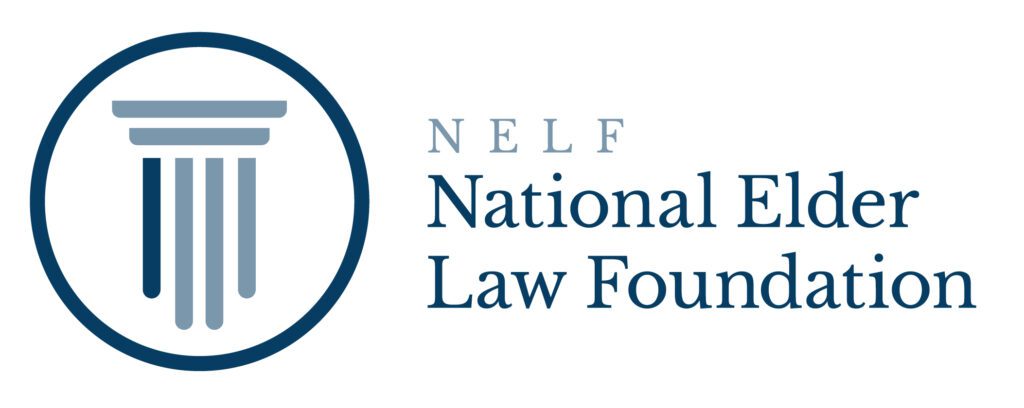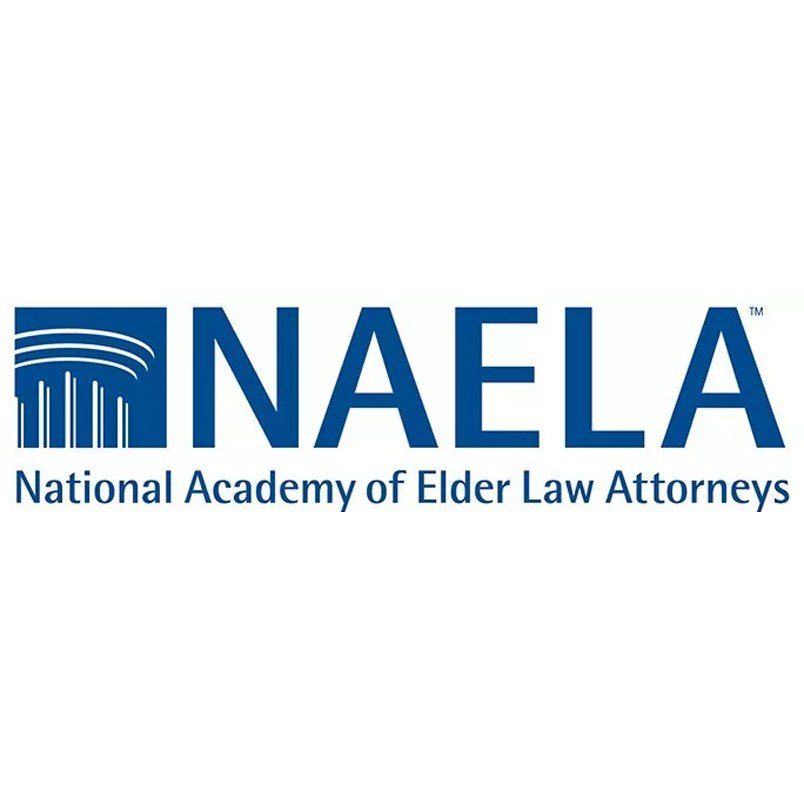By Attorney Tammy A. Weber, CELA*
Supplemental Security Income (“SSI”) is a federal program through the Social Security Administration that provides financial assistance to individuals with disabilities, low-income adults over the age of 65, and certain blind individuals. Eligibility requirements for SSI, what you receive under SSI, how to apply and the difference between SSI and SSDI are addressed in “What is SSI and Am I Eligible For It?“
The 2024 monthly maximum Federal amounts for SSI are $943.00 for an eligible individual and $1,415.00 for an eligible individual with a spouse. If someone else provides your food, rent, mortgage or things like electricity and heating fuel, your SSI benefits may be reduced. This reduction is governed by the In-Kind Support and Maintenance (“ISM”) calculations.
On March 27, 2024, the Social Security Administration (“SSA”) published a final rule which omits food from ISM calculations. With its issuance, Martin O’Malley, Commissioner of Social Security said “A vital part of our mission is helping people access crucial benefits, including SSI. Simplifying our policies is a common-sense solution that reduces the burden on the public and agency staff and helps promote equity by removing barriers to accessing payments.” See “Social Security to Remove Barriers to Accessing SSI Payments“. The effective date is September 30, 2024.
Under the new final rules, SSA “will consider only shelter expenses (i.e., room, rent, mortgage payments, real property taxes, heating fuel, gas, electricity, water, sewerage, and garbage collection services)” in ISM calculations. See final rule.
SSA will continue to use the Value of the One-Third Reduction (“VTR”) rule and the Presumed Maximum Value (“PMV”) rule in determining the value of ISM to the SSI applicant or recipient. Detailed explanations and examples of when the VTR applies can be found in the Program Operations Manual System (“POMS”). The VTR applies where the applicant or recipient lives in another person’s household and receives shelter from others in the household, and where others in the household provide the applicant or recipient with all meals. If the applicant or recipient receives ISM and the VTR does not apply, the PMV may apply. The PMV is a regulatory cap on the amount of ISM you can charge. If the PMV applies, the SSI benefit is reduced by the actual amount of ISM or 1/3 of the SSI benefit. The PMV Rule is detailed in the POMS. Under the new final rule effective September 30, 2024, food expenses are not included in the calculation.





